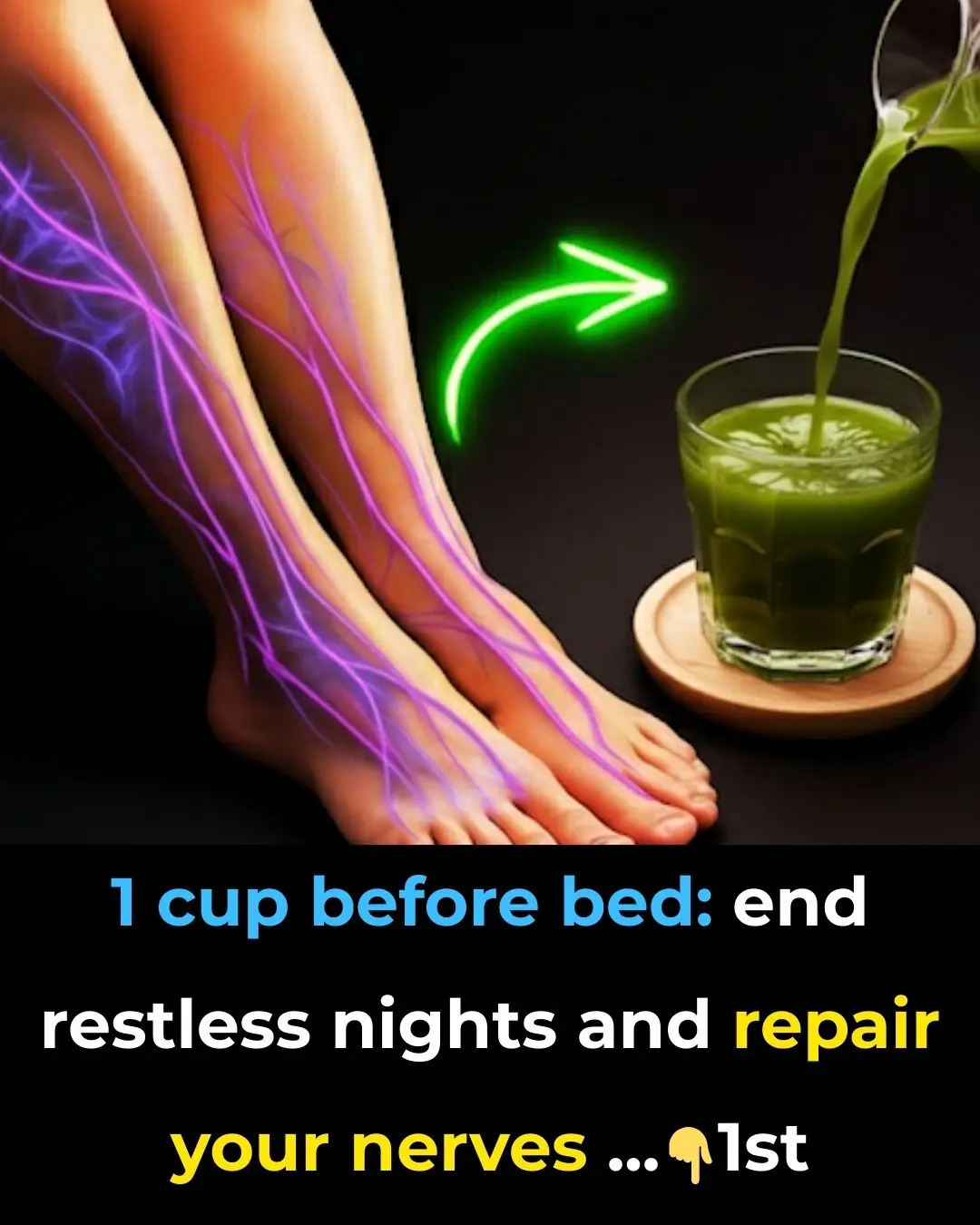
12 surprising foods that help dissolve blood clots naturally
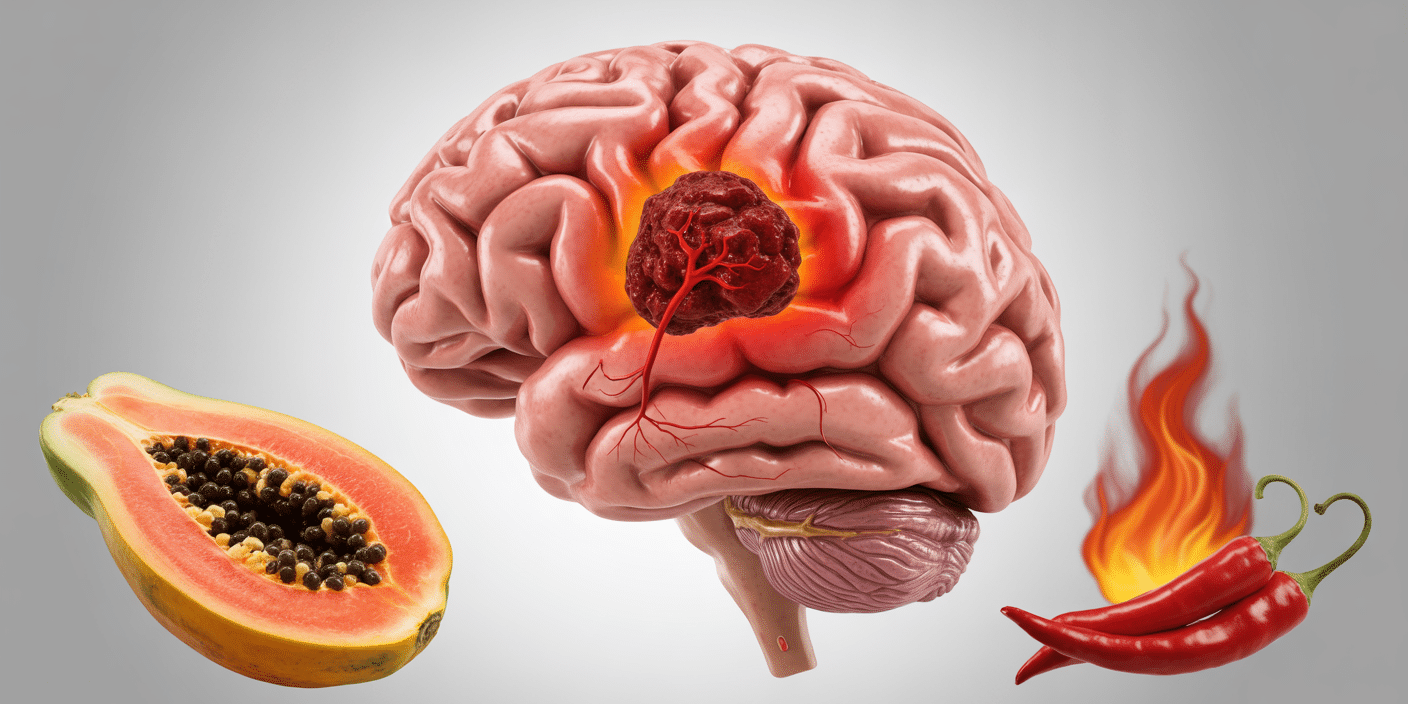
Have you ever paused for a moment to think about the silent, life-sustaining work your blood performs every second of every day? It's one of the most intricate and fascinating systems in your body. At the heart of this system lies the incredible mechanism of clotting—a biological miracle that prevents you from bleeding out from a simple paper cut. But what happens when this natural defense system turns against you? What happens when blood clots form where they shouldn't, deep inside your blood vessels?
The result can be devastating. Clots in the wrong place can trigger life-threatening events such as heart attacks, strokes, or pulmonary embolisms. These aren’t just medical emergencies—they’re some of the leading causes of death worldwide. But here’s something you may not know: your kitchen pantry might already hold powerful allies that can help protect your heart and vessels from these silent threats.
In this article, we’ll explore 12 natural blood-thinning foods that are not only delicious but scientifically proven to help prevent dangerous clot formation. From ancient spices to common pantry staples, these foods work behind the scenes to improve circulation, reduce inflammation, and prevent platelets from sticking together. While this guide is not a substitute for medical treatment, it offers a complementary and proactive approach to cardiovascular health—one that begins with your next meal.
Key Takeaways
-
Understanding Blood Clots: Clots form when platelets and proteins like fibrin mesh together to stop bleeding. But when this happens inside healthy blood vessels, it can block circulation and pose serious health risks.
-
The Role of Diet: Certain foods contain natural compounds with anticoagulant, anti-inflammatory, and vasodilating effects. These can support your body in preventing unnecessary clotting.
-
Daily Food Strategy: Including ingredients like turmeric, garlic, ginger, cayenne, and omega-3s into your daily meals offers a natural defense against clot formation.
-
A Holistic View: These foods are most effective when part of a balanced lifestyle that includes physical activity, stress management, and regular checkups. Always consult your healthcare provider before making dietary changes—especially if you're on medication.
1. Turmeric – The Golden Anti-Clotting Powerhouse
More than just the vibrant color in your curry, turmeric has a long history in traditional medicine, particularly in Ayurveda. The active compound curcumin is what makes this spice so powerful. Curcumin boasts anti-inflammatory, antioxidant, and most notably, anticoagulant properties.
How it works:
-
Curcumin inhibits thromboxane A2, a chemical that activates platelet aggregation.
-
It boosts the production of nitric oxide (NO), a molecule that tells your blood vessels to relax and widen—allowing smoother blood flow.
-
It also helps reduce the excess production of fibrin, the sticky protein that forms the clot's backbone.
How to use it: Add turmeric to soups, curries, roasted vegetables, or rice. You can also enjoy golden milk—a soothing drink made with turmeric, milk (or plant-based alternatives), black pepper, and a touch of honey. Black pepper helps enhance curcumin absorption by up to 2,000%—so don't skip it!
2. Ginger – The Zesty Inflammation Fighter
Turmeric’s spicy cousin, ginger, is equally impressive in its heart-protective abilities. Its primary compounds, gingerols and shogaols, are well-known for reducing inflammation, but they also act as natural blood thinners.
How it works:
-
Ginger inhibits cyclooxygenase, the enzyme that produces pro-inflammatory substances which also trigger platelet activity.
-
It enhances fibrinolytic activity, your body’s natural clot-dissolving system.
-
Contains salicylate, a compound from which aspirin is derived.
How to use it: Add grated fresh ginger to stir-fries, smoothies, and soups. A warm mug of ginger tea is a soothing way to support your cardiovascular system throughout the day. Combine it with lemon and honey for extra benefit and flavor.
3. Garlic – Nature’s Blood Flow Booster
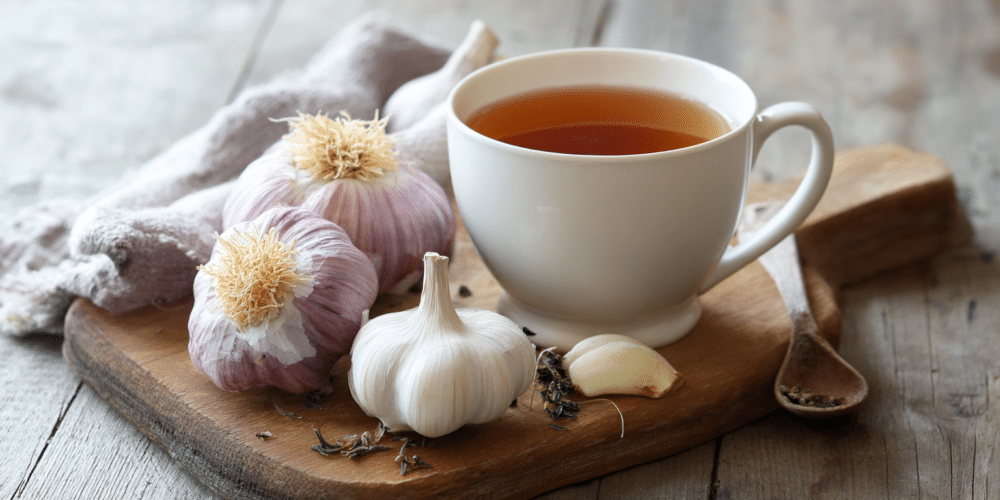
Used medicinally for centuries, garlic is a true heart hero. The key player here is ajoene, a sulfur-containing compound with powerful antiplatelet effects.
How it works:
-
Prevents platelets from sticking to each other and to blood vessel walls.
-
Inhibits fibrinogen binding, making it harder for clots to form.
-
Supports circulation by lowering cholesterol and blood pressure.
Pro tip: To activate the health-boosting compounds, crush or chop garlic and let it sit for 10 minutes before cooking. This allows the enzyme alliinase to produce allicin, which eventually transforms into ajoene.
How to use it: Incorporate garlic into sauces, salad dressings, soups, or even raw in a morning tonic with lemon and honey.
4. Cayenne Pepper – The Spicy Circulation Stimulator
Love a bit of heat? Cayenne pepper is rich in capsaicin, which does more than just fire up your taste buds—it also supports cardiovascular health.
How it works:
-
Inhibits platelet aggregation by blocking calcium signaling.
-
Reduces thromboxane A2, lessening the chance of unnecessary clotting.
-
Acts as a vasodilator, helping blood vessels relax and blood pressure drop.
How to use it: Start with a light sprinkle in soups, eggs, or roasted veggies. You can also try a morning tonic of warm water, lemon juice, and a pinch of cayenne to jumpstart your metabolism and circulation.
5. Cinnamon – The Sweet Defender
Cinnamon adds more than flavor to your oatmeal—it offers anticoagulant benefits, thanks to a compound called coumarin.
How it works:
-
Coumarin mimics the effect of certain blood-thinning medications.
-
Inhibits thromboxane production and reduces platelet stickiness.
-
Rich in polyphenols, which support healthy circulation.
⚠️ Caution: The more common Cassia cinnamon contains high levels of coumarin, which can be toxic to the liver in large amounts. For safety, use Ceylon cinnamon (“true cinnamon”) and keep your daily intake to around ½ teaspoon.
How to use it: Sprinkle on toast, coffee, yogurt, or mix into smoothies.
6. Vitamin E – The Antioxidant Shield
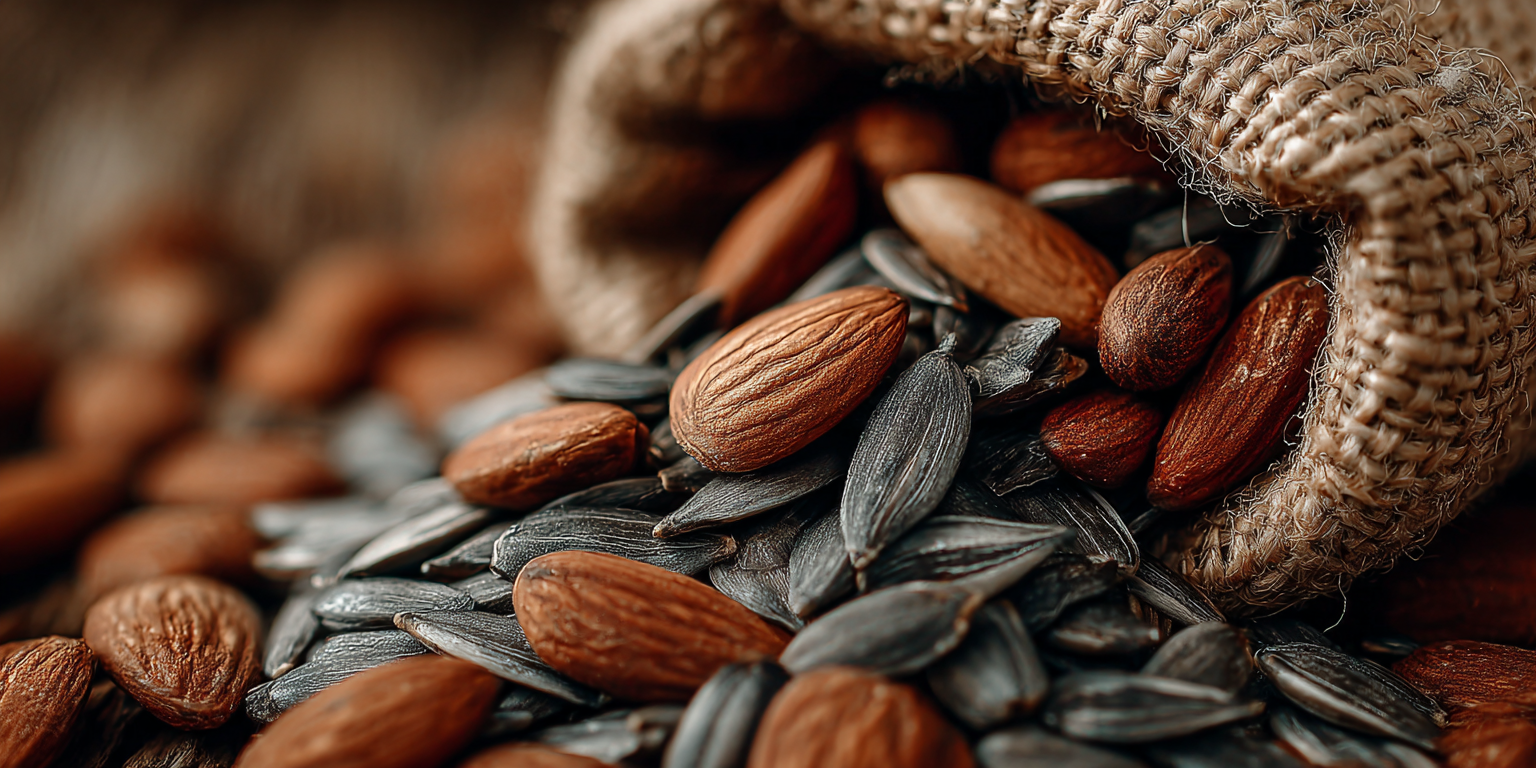
Vitamin E is a fat-soluble vitamin that plays a major role in heart health and clot prevention.
How it works:
-
Inhibits platelet aggregation by blocking clot-inducing enzymes.
-
Enhances nitric oxide production, promoting vessel relaxation.
-
Disrupts fibrin formation, weakening existing clots.
Food sources: Almonds, sunflower seeds, spinach, avocados, broccoli, and hazelnuts.
How to use it: Snack on a handful of almonds, toss sunflower seeds into salads, or blend avocado into smoothies.
7. Omega-3 Fatty Acids – The Ultimate Blood Flow Supporters
While not on your original list, a complete blood-thinning food guide wouldn't be whole without omega-3s.
How they work:
-
Reduce blood viscosity, making blood flow more easily.
-
Decrease platelet aggregation.
-
Support overall heart rhythm and lower triglycerides.
Sources: Fatty fish (salmon, sardines, mackerel), flaxseeds, chia seeds, and walnuts.
How to use it: Enjoy grilled salmon a couple times a week, sprinkle chia seeds on oatmeal, or blend flaxseed oil into dressings.
Final Thoughts
Blood clots are a silent threat—but one you can take proactive steps to defend against. The foods listed here are not only flavorful and versatile, but they carry compounds that support healthy blood flow, prevent unnecessary clotting, and promote overall cardiovascular wellness.
Remember:
-
These foods complement—not replace—medical treatment.
-
If you're on blood-thinning medications, always consult your doctor before increasing intake of natural anticoagulants.
-
A balanced diet, regular exercise, proper hydration, and stress management are the true pillars of heart health.
By making smart, intentional food choices, you’re giving your body the tools it needs to protect itself—starting with what’s on your plate.
News in the same category


5 foods that heal your body and STARVE cancer—eat these now!

Preventing Stroke At Any Age: 3 “Don’ts” After Meals—And 4 “Don’ts” Before Bed

The Truth About “Old Person Smell”: What Causes It And How To Get Rid Of It

New B::l:ood Pressure Guidelines: 4 Things I Like and 2 Concerns
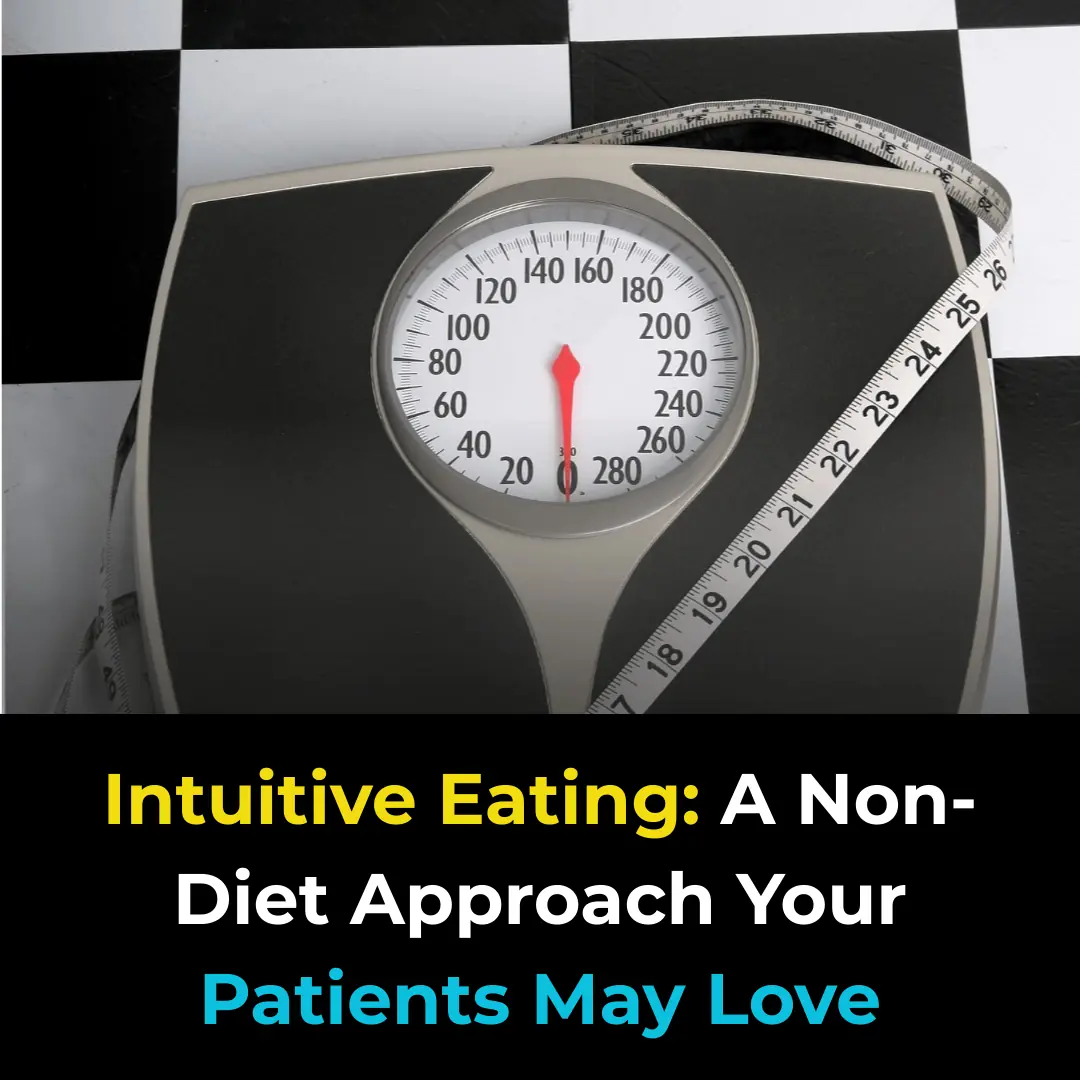
Intuitive Eating: A Non-Diet Approach Your Patients May Love

Global Prevalence of Hidradenitis Suppurativa Approaches 1%

Who Should Avoid Eating Chicken Feet?
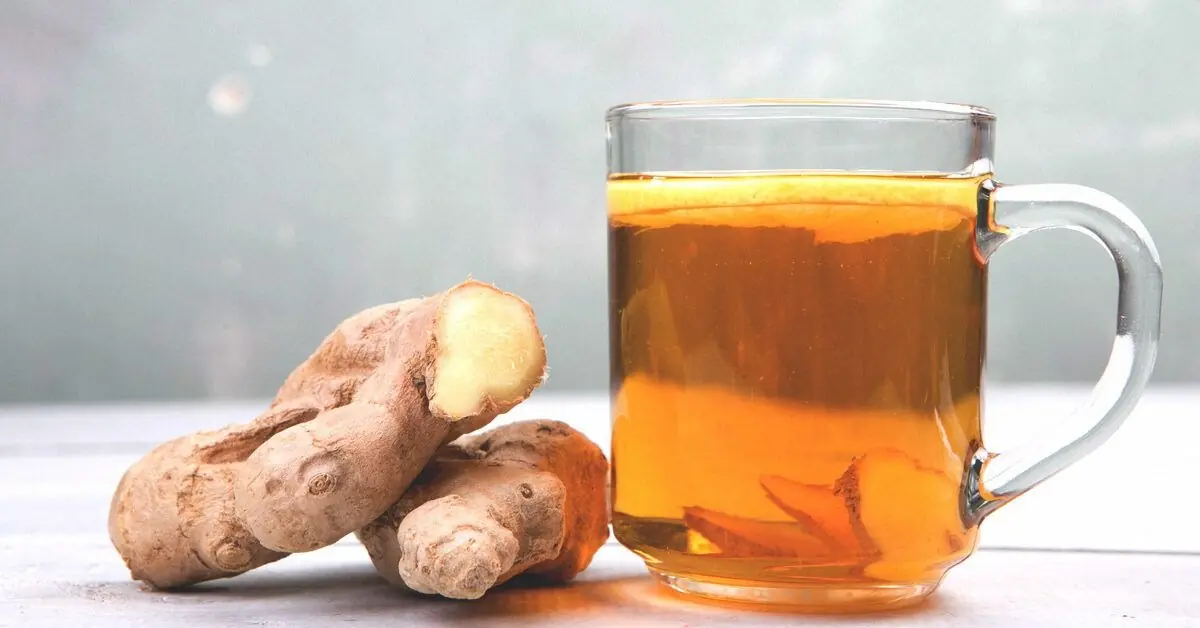
Here’s How To Get Rid of Sinus Infections Naturally, No Antibiotics Required!
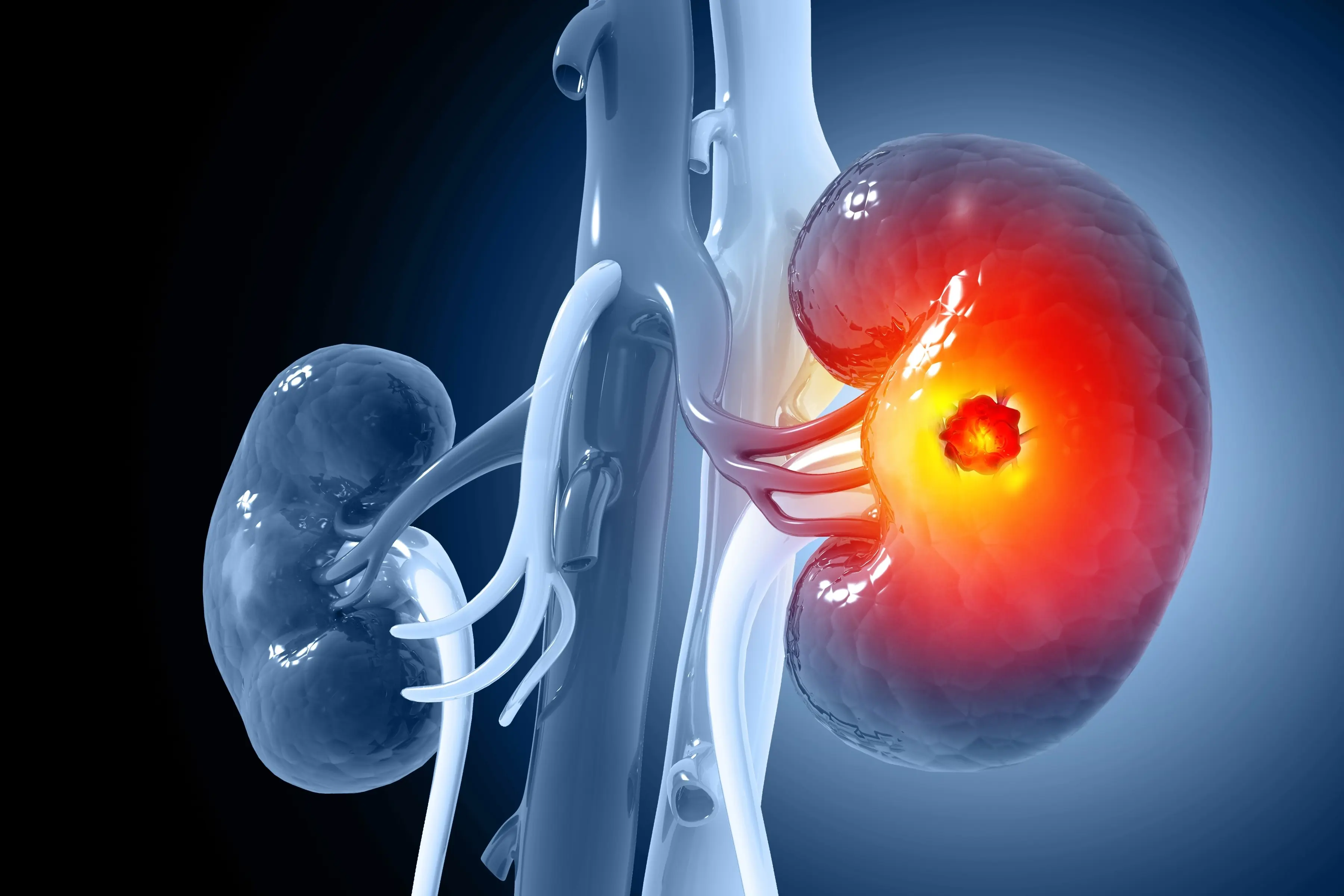
If You’re Experiencing THESE Symptoms, Your Kidneys May Be at Risk
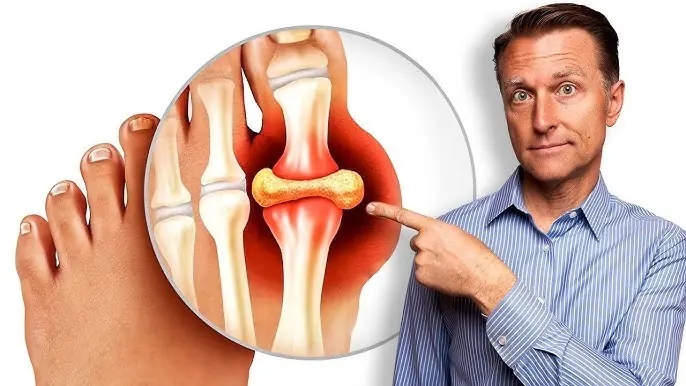
Best Natural Gout Treatments to Remove Uric Acid Crystallization and Prevent Gout And Joint Pain

Commonly Overlooked Signs Your Body Is Starving for Iron
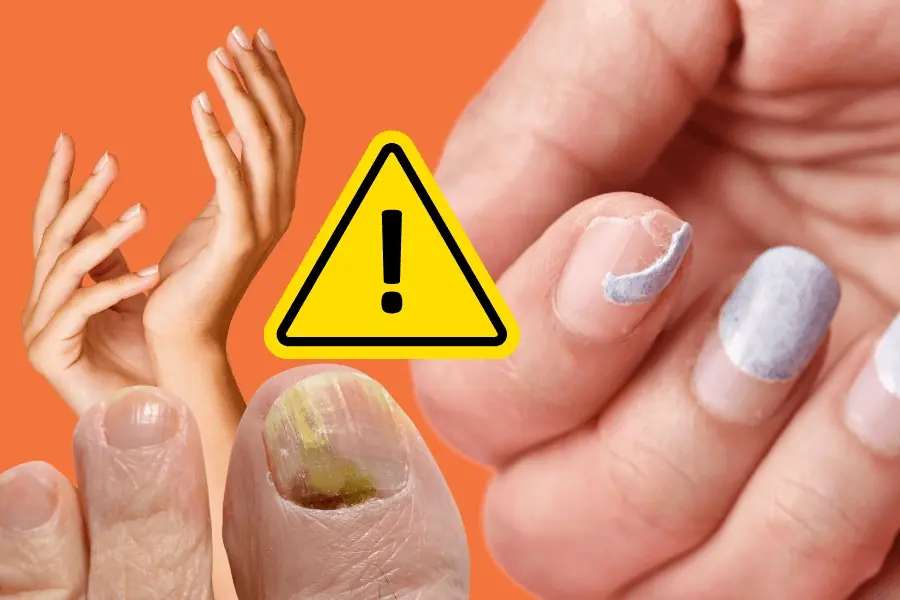
If Your Nails Show These 10 Signs, See a Doctor Immediately

What’s Really Causing Your Leg Cramps at Night and How to Finally Stop Them

Amazing vitamin can help stop cancer growth and this is how much you need
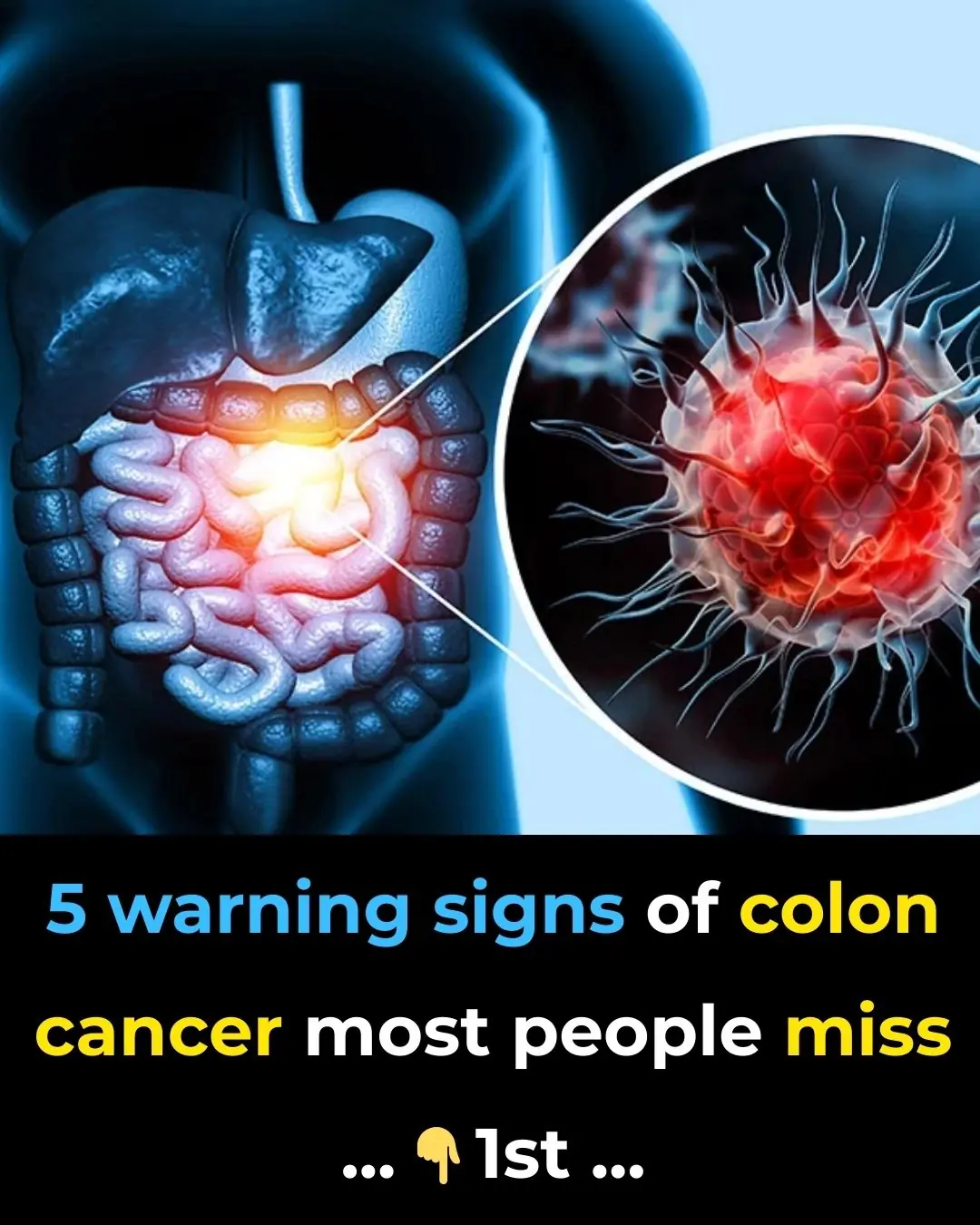
5 Unusual Signs Of Colon Cancer Folks Accidentally Ignore For Years

13 Early Warning Signs Your Blood Sugar is SUPER High

This Hidden Candida Symptom Starts in Your Mouth and Almost Everyone Misses It

This is Why You Always Wake Up in the MIDDLE of the Night (and how to make it STOP)
News Post

Delta Pilot Spends Year’s Salary to Fly 112 Friends to Hawaii for Epic Retirement Sendoff

1 cup before bed: end restless nights and repair your nerves

5 foods that heal your body and STARVE cancer—eat these now!
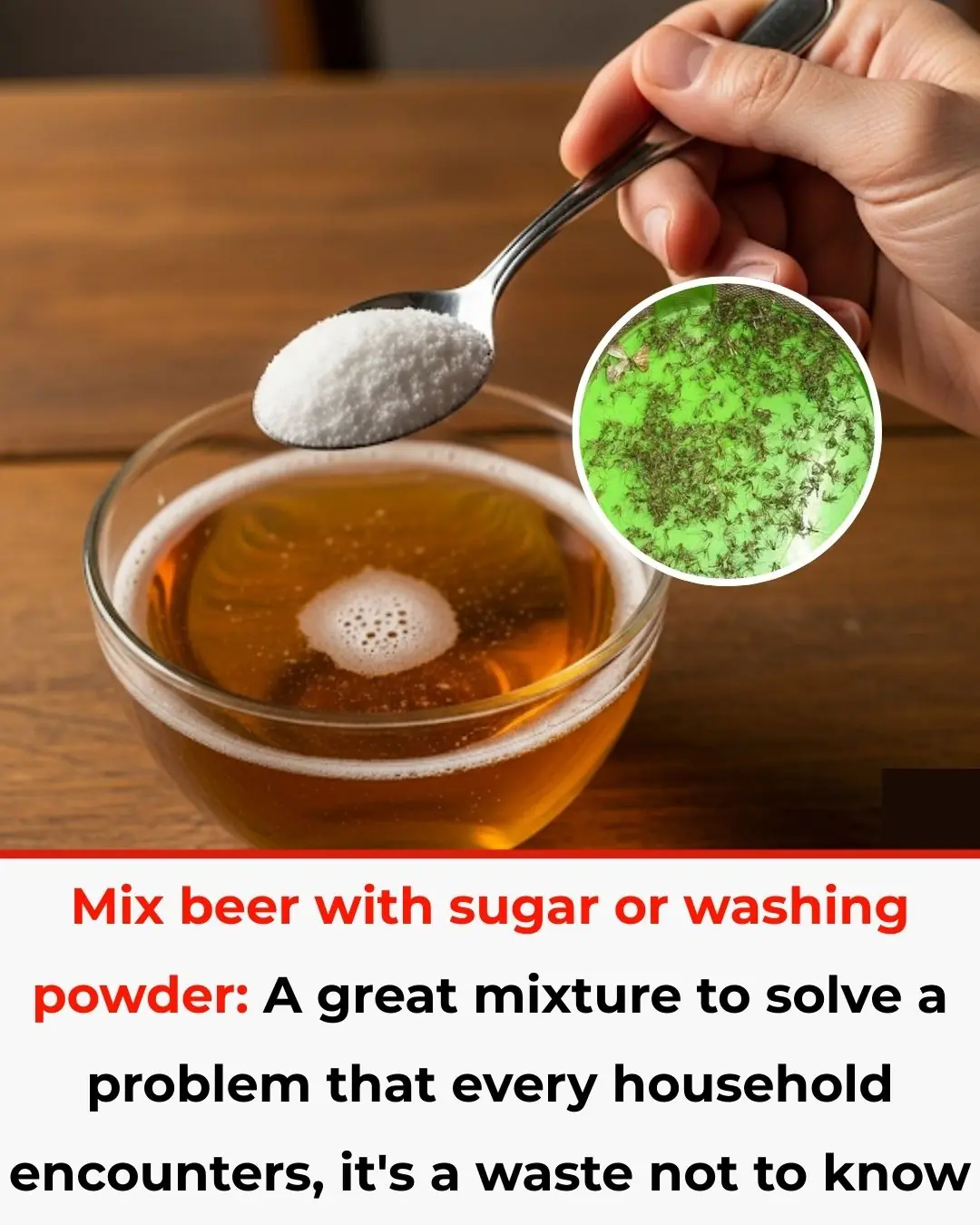
Mixing Beer with Sugar or Detergent: A Brilliant Solution to a Common Household Problem You Shouldn’t Miss
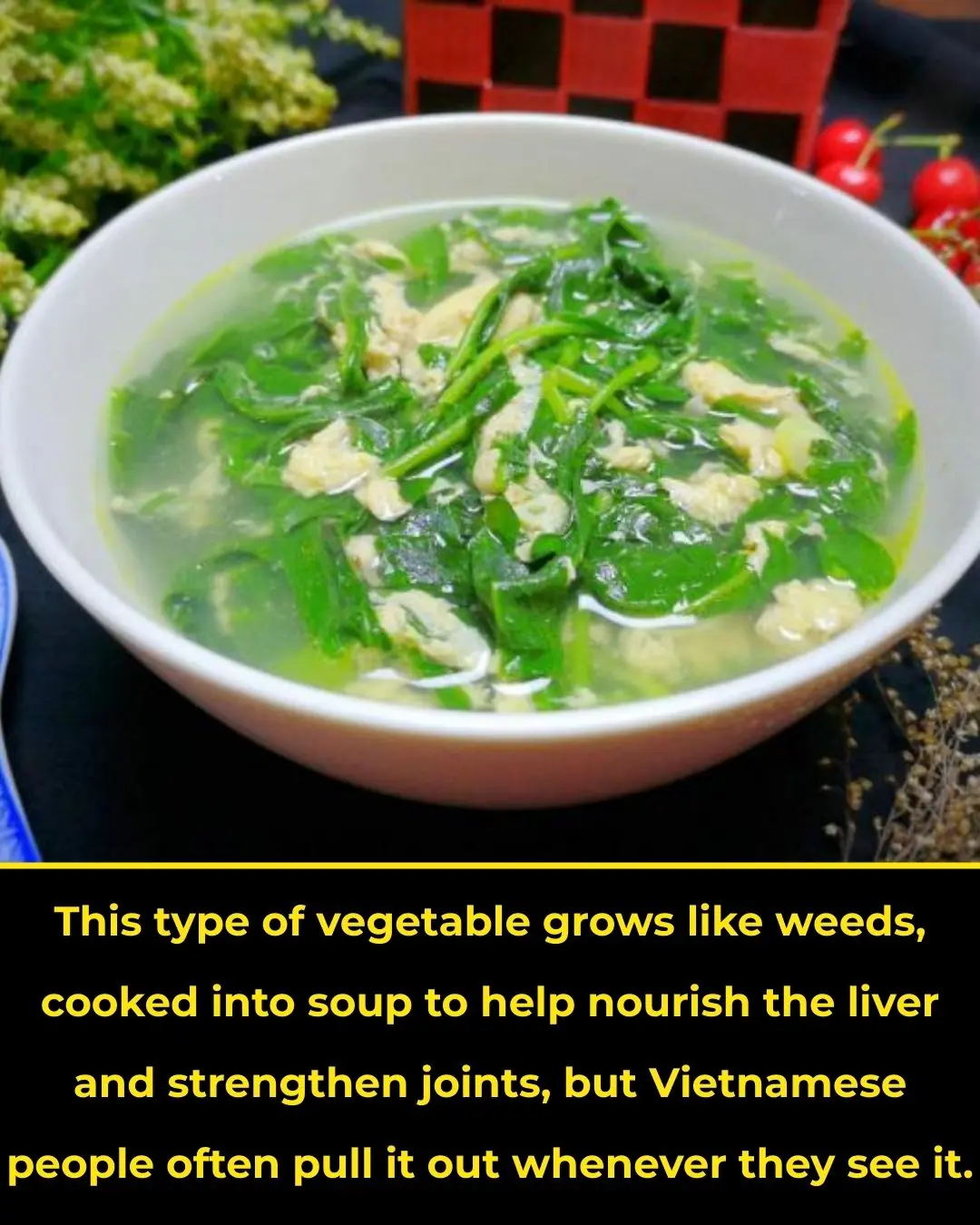
A Wild Herb That Grows Like Weeds, Used in Soups to Nourish the Liver and Strengthen Joints, Yet Most Vietnamese People Always Pull It Out When They See It

Is It Safe to Eat Rice Left Overnight in a Rice Cooker? A Personal Story and Expert Advice

Unbelievable footage shows moment Ukraine blows up two key Russian bridges using their own mines amid WW3 fears

Preventing Stroke At Any Age: 3 “Don’ts” After Meals—And 4 “Don’ts” Before Bed

Apple’s iPhone Users Are Justifiably Concerned By The New Meaning Of The Orange Dot On Their Screens

The Truth About “Old Person Smell”: What Causes It And How To Get Rid Of It
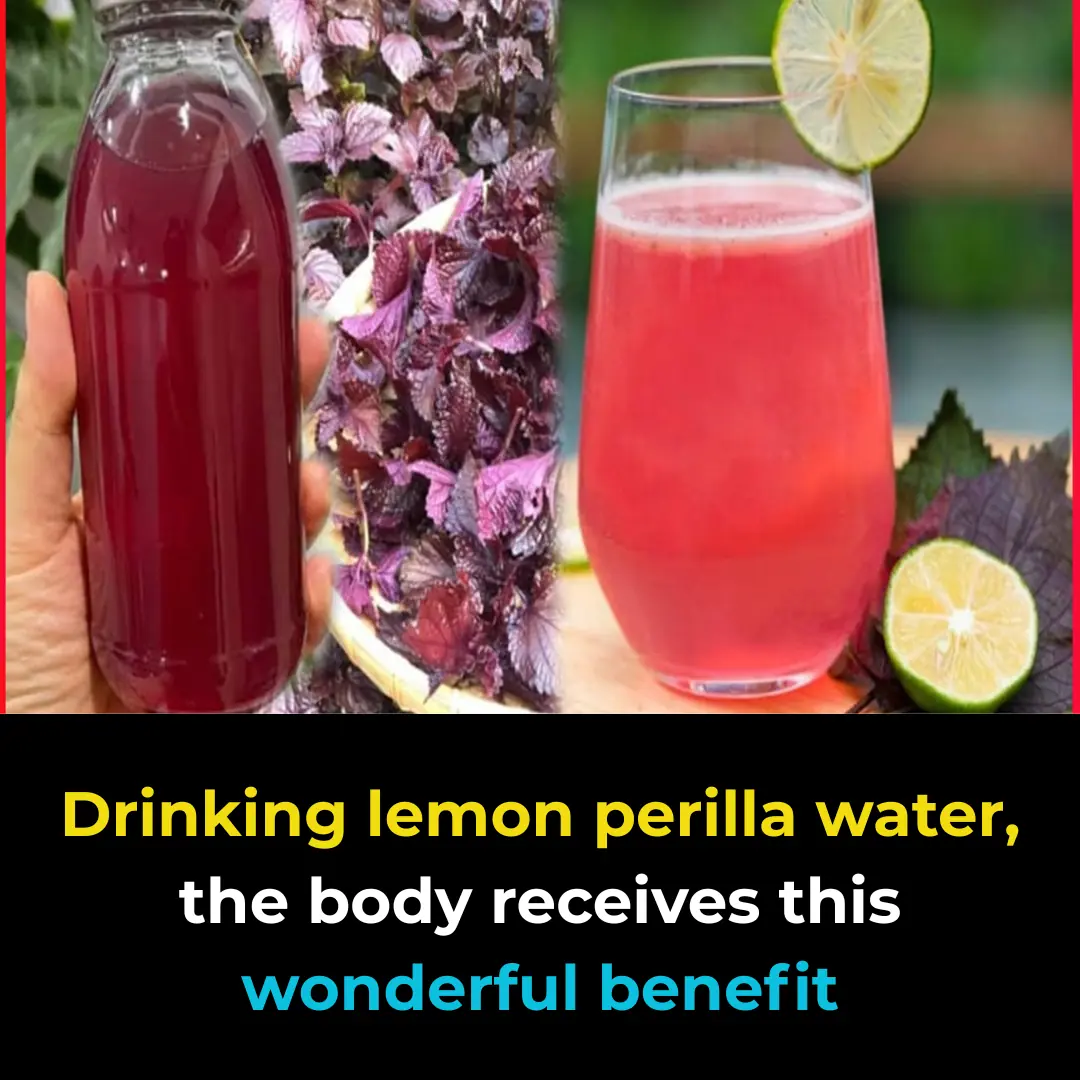
Drinking perilla and lemon leaf tea brings these amazing health benefits to your body
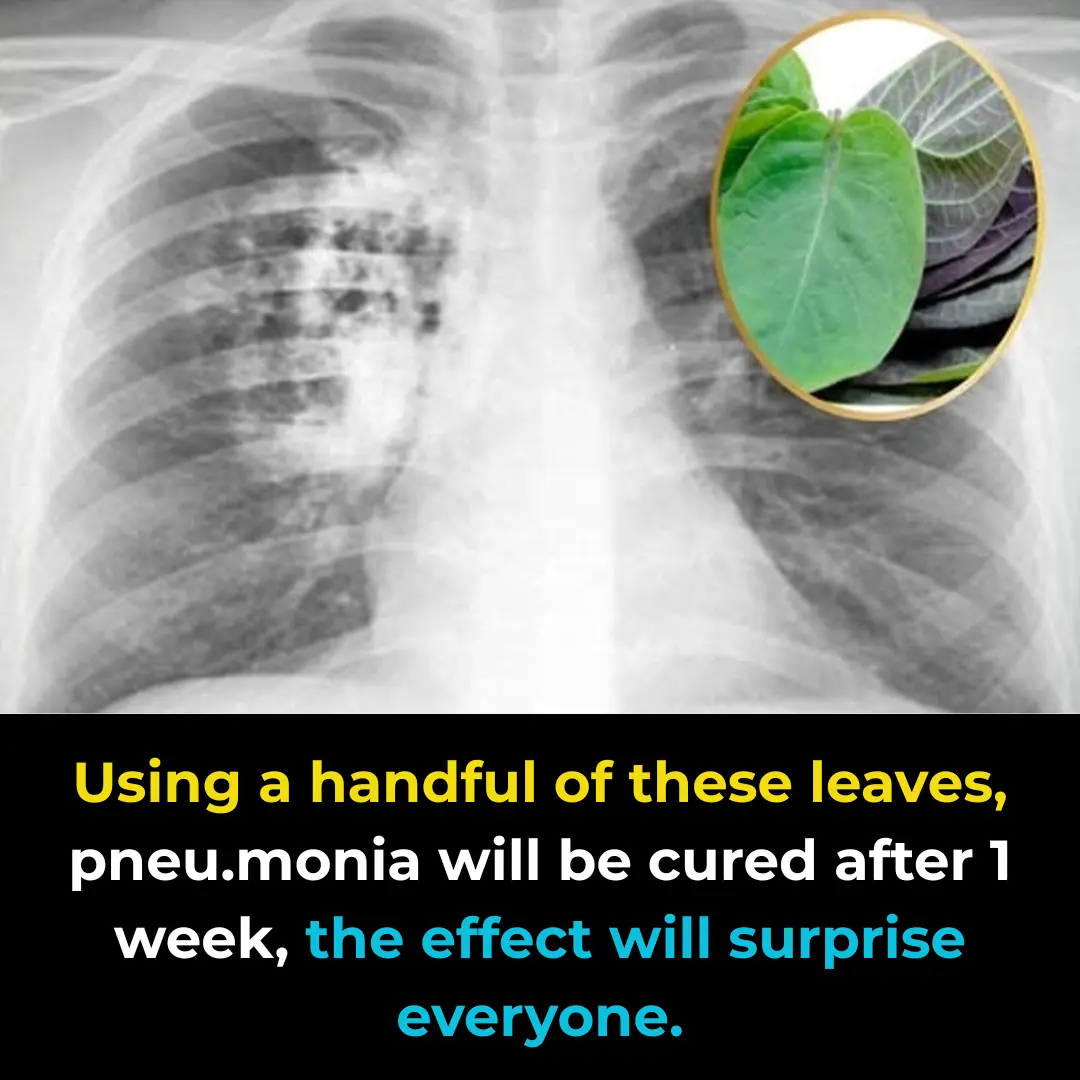
Using just a handful of Paederia foetida leaves, even severe lung inflammation can clear within a week — with results that surprise everyone.

5 Essential Life Skills Children Should Learn Early to Protect Themselves and Help Others

New B::l:ood Pressure Guidelines: 4 Things I Like and 2 Concerns

Intuitive Eating: A Non-Diet Approach Your Patients May Love

Saw This Trick For Oven Cleaning

Global Prevalence of Hidradenitis Suppurativa Approaches 1%

Who Should Avoid Eating Chicken Feet?
